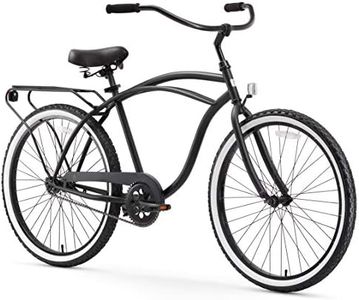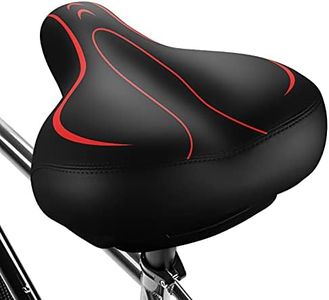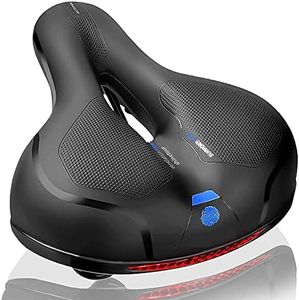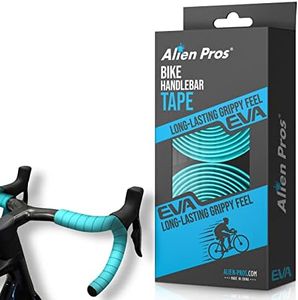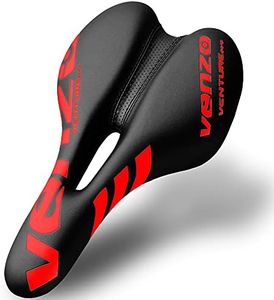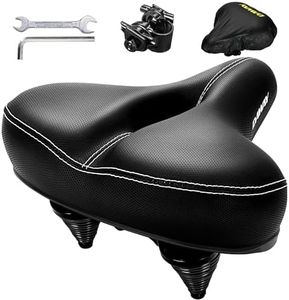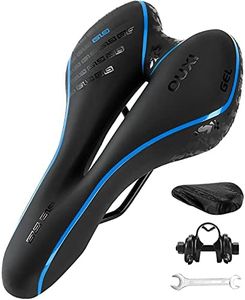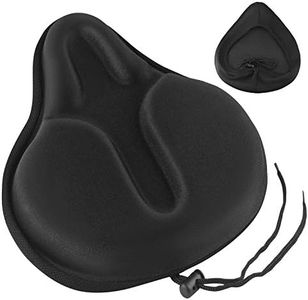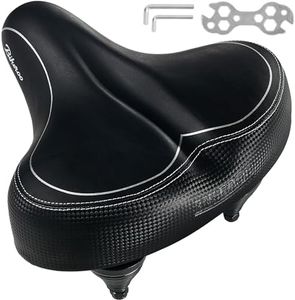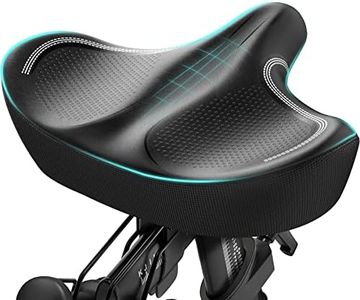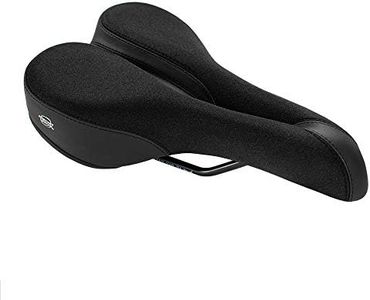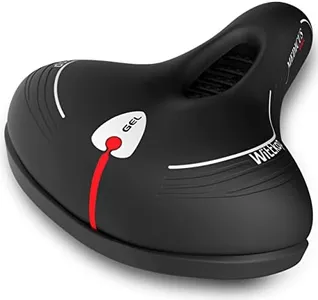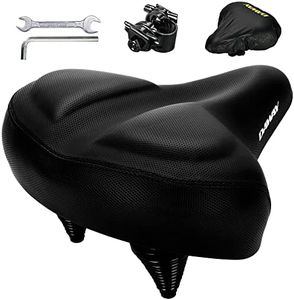We Use CookiesWe use cookies to enhance the security, performance,
functionality and for analytical and promotional activities. By continuing to browse this site you
are agreeing to our privacy policy
10 Best Comfort Bikes
From leading brands and best sellers available on the web.Buying Guide for the Best Comfort Bikes
When choosing a comfort bike, it’s important to focus on elements that support a relaxed and enjoyable riding experience. Comfort bikes are ideal for leisure rides, casual commutes, and gentle exercise. Their design emphasizes an upright seating position, cushioned comfort, and easy handling, making them perfect for those who prioritize comfort over speed or aggressive off-road capability. To pick the best comfort bike for your needs, consider when, where, and how far you plan to ride, as well as any preferences or physical needs you may have.Frame MaterialThe frame is the backbone of any bike, and the material it’s made from affects both weight and ride feel. Comfort bike frames are usually made from aluminum, steel, or sometimes carbon. Aluminum frames tend to be lighter and resist rust, giving you an easy-to-handle bike for casual rides. Steel frames are heavier but naturally absorb bumps for a smoother ride. If you mainly ride on smooth surfaces and prefer a lighter bike, aluminum is a good choice. For those wanting ultimate comfort and durability without worrying much about weight, steel could be the way to go.
Wheel SizeWheel size influences how easily a bike rolls over surfaces and how stable it feels. Most comfort bikes have either 26-inch or 700C (about 29-inch) wheels. 26-inch wheels are sturdy and provide good maneuverability, especially for shorter riders. 700C wheels roll faster and are best suited for longer, smooth rides. Choose 26-inch wheels if you want extra stability and plan shorter, slower rides. Opt for 700C if you’ll cover more distance and desire a ride that feels smoother and a bit faster.
SuspensionSuspension systems help absorb shocks from bumps and rough paths. Comfort bikes may have a suspension fork (on the front wheel), a suspension seatpost, or both. Having a suspension fork makes the ride smoother on uneven paths but can add weight and complexity. A suspension seatpost softens the ride even further, especially if you have back or joint concerns. If your routes are mostly paved and smooth, you might not need much suspension. If you plan to ride on mixed paths or want extra plushness, look for bikes with both front fork and seatpost suspension.
GearingGearing determines how easy or hard it is to pedal. Comfort bikes come with a range of gears, from single-speed for extremely flat areas to bikes with 7, 18, or even more speeds. More gears give you flexibility for hills and changing terrain, but can add complexity. If you’re riding mostly in flat neighborhoods, a single or few gears will keep things simple. For areas with hills or if you want to make pedaling easier, consider bikes with multiple gears.
BrakesBrakes control your stopping power and are essential for safety. Comfort bikes generally have either rim brakes or disc brakes. Rim brakes are lighter, simpler, and easy to maintain—ideal if you stick to dry, paved paths. Disc brakes offer better stopping power, especially in wet conditions or mixed terrain, but may need a bit more maintenance. Choose rim brakes if you mostly ride in good weather and want easy upkeep; go with disc brakes for more stopping confidence in all conditions.
Saddle and HandlebarsComfort bikes shine in the seat design and handlebar shape, as both affect your posture and satisfaction. Softer, wider saddles are standard for comfort bikes, providing support over longer periods. Handlebars may be swept-back or riser-style, encouraging an upright, back-friendly riding position. If you have any back, shoulder, or wrist sensitivities, pay special attention to a bike that lets you sit comfortably upright and provides a saddle that fits your body shape. Test out different positions to find what feels best for you.
Fit and Frame SizePicking the right frame size is crucial for both comfort and control. A bike that fits well lets you touch the ground easily when stopped and reach the handlebars without stretching. Bikes come in different frame sizes or are sometimes labeled small, medium, or large. Most brands provide height charts to match you with the right size. If possible, test ride before buying or follow sizing guides and measure your own inseam to ensure a good fit.
